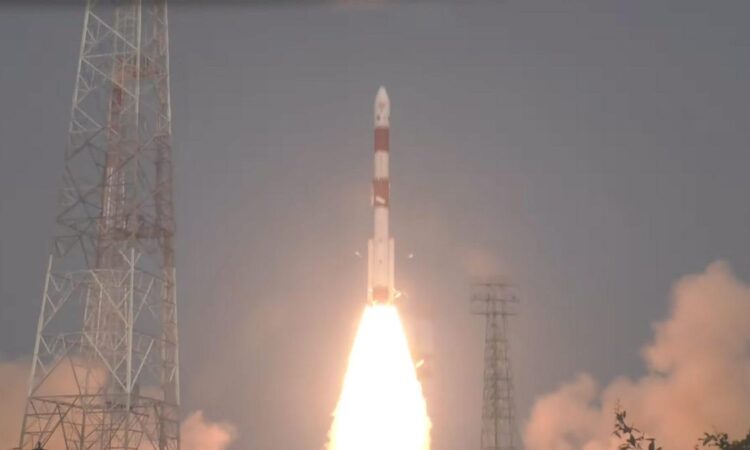ISRO XPoSat launched: Satellite injected; ‘new year begins’, says Somanath.
Thank you for reading this post, don't forget to subscribe!Image credit- The Hindu and PTI.
Table of Contents
Descriptions:
ISRO successfully launched its first X-Ray Polarimeter Satellite (XPoSat) on January 1, 2024 (Monday), promising to deliver vital insights into celestial phenomena such as black holes. A Polar Satellite Launch Vehicle (PSLV) rocket is used.
ISRO XPoSAT Launch date:
ISRO’s another historic move, by 9 am on January 1, 2024. XPoSAT satellite launched from Satish Dhawan Space Center in Sriharikota on the first day of the year. This satellite will study radiation in space. This satellite will take pictures of their source. Yes, you heard it right.
Technical and Other details:
The telescope mounted on it is made by the Raman Research Institute. This satellite will study the 50 brightest sources in the universe. Like pulsars, black holes X-ray binaries, active galactic nuclei, and non-thermal supernovae. The satellite will be placed at an altitude of 650 km.
But this mission is not new. ISRO started this mission in 2017. 9.50 crores have been spent on this mission. About 22 minutes after launch, the Exposat satellite will begin moving into its designated orbit. This satellite has two payloads. First – POLIX and second is XSPECT.
Image credit: NDTV Instagram.
Polix is the main payload of this satellite. It was jointly developed by Raman Research Institute and UR Rao Satellite Centre. This 126 kg instrument will study the magnetic field, radiation, electrons, etc. of space sources. It will study energy bands in the 8-30 keV range. POLYX will study 40 of the 50 brightest objects in space.
XSPECT stands for X-ray Spectroscopy and Timing. It will study the energy band in the 0.8-15 keV range. That is, it will study energy bands lower than the Pollux range. It will study pulsars, black hole binaries, low-magnetic fields, neutron stars, magnetars, etc.
The total weight of the Exposat satellite is 469 kg. It carries two payloads of 144 kg each. It will be launched on a PSLV rocket from the first launch pad at the Satish Dhawan Space Center in Sriharikota.
There have been 59 flights of the PSLV rocket so far. Only two of these launches failed.
This is PSLV’s 60th flight. PSLV-DL has its fourth flight. The weight of this rocket is 320 tons. Its height is 44.4 meters. It is a 4-stage rocket with a diameter of 2.8 meters. Its first flight took place on September 20, 1993. Since then it has successfully launched many domestic and foreign satellites
Source credit: India hood.
- FASTag KYC update: Updation of KYC for FASTag before 31st January; Step-by-step Process:
- Tejas vs. Thunder: China’s “Wrestles,” JF-17 With a fighter deal with Nigeria, India’s LCA Tejas is fully engaged in backchannel diplomacy.
- Real Madrid Victory: At Las Palmas, Aurelian Tchouameni gives Real Madrid a late victory.
- Bharat Ratna: Must-know Facts and Important FAQs on the Bharat Ratna Award
- Klopp is leaving Liverpool at the end of the season
